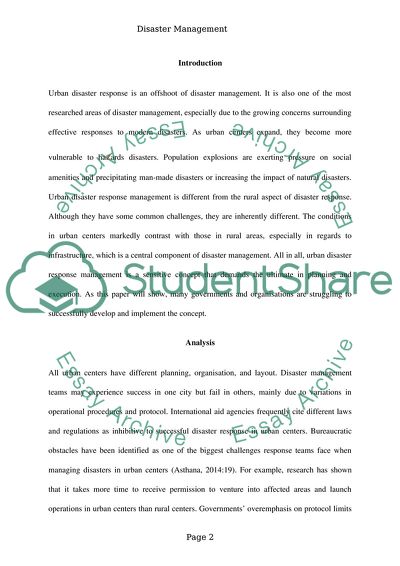Cite this document
(Urban Disaster Response Case Study Example | Topics and Well Written Essays - 2250 words, n.d.)
Urban Disaster Response Case Study Example | Topics and Well Written Essays - 2250 words. https://studentshare.org/environmental-studies/1868428-disaster-response
Urban Disaster Response Case Study Example | Topics and Well Written Essays - 2250 words. https://studentshare.org/environmental-studies/1868428-disaster-response
(Urban Disaster Response Case Study Example | Topics and Well Written Essays - 2250 Words)
Urban Disaster Response Case Study Example | Topics and Well Written Essays - 2250 Words. https://studentshare.org/environmental-studies/1868428-disaster-response.
Urban Disaster Response Case Study Example | Topics and Well Written Essays - 2250 Words. https://studentshare.org/environmental-studies/1868428-disaster-response.
“Urban Disaster Response Case Study Example | Topics and Well Written Essays - 2250 Words”. https://studentshare.org/environmental-studies/1868428-disaster-response.


